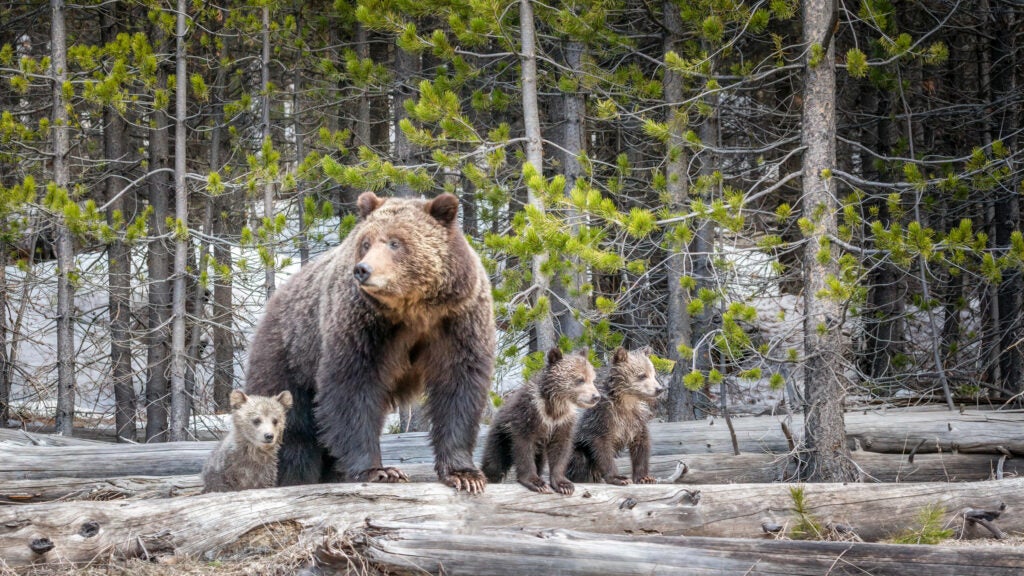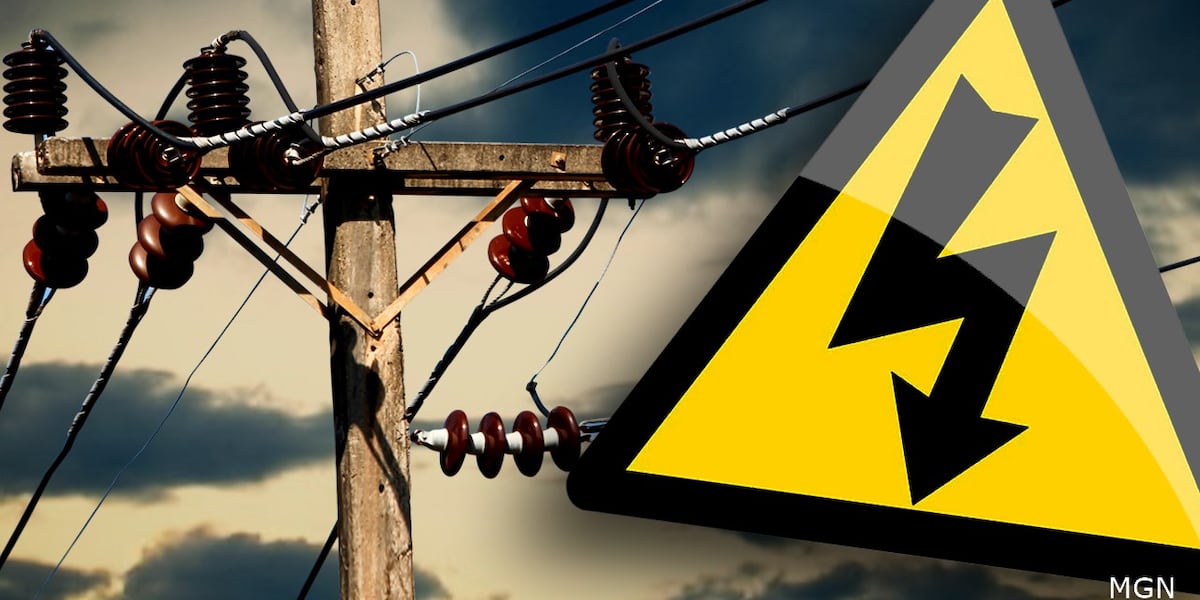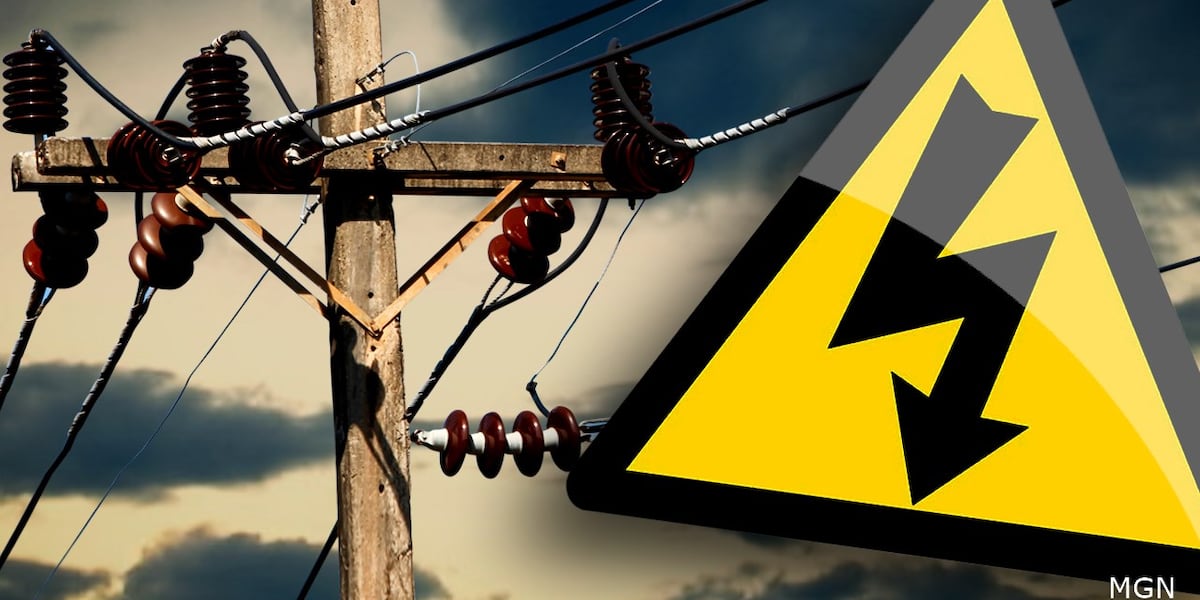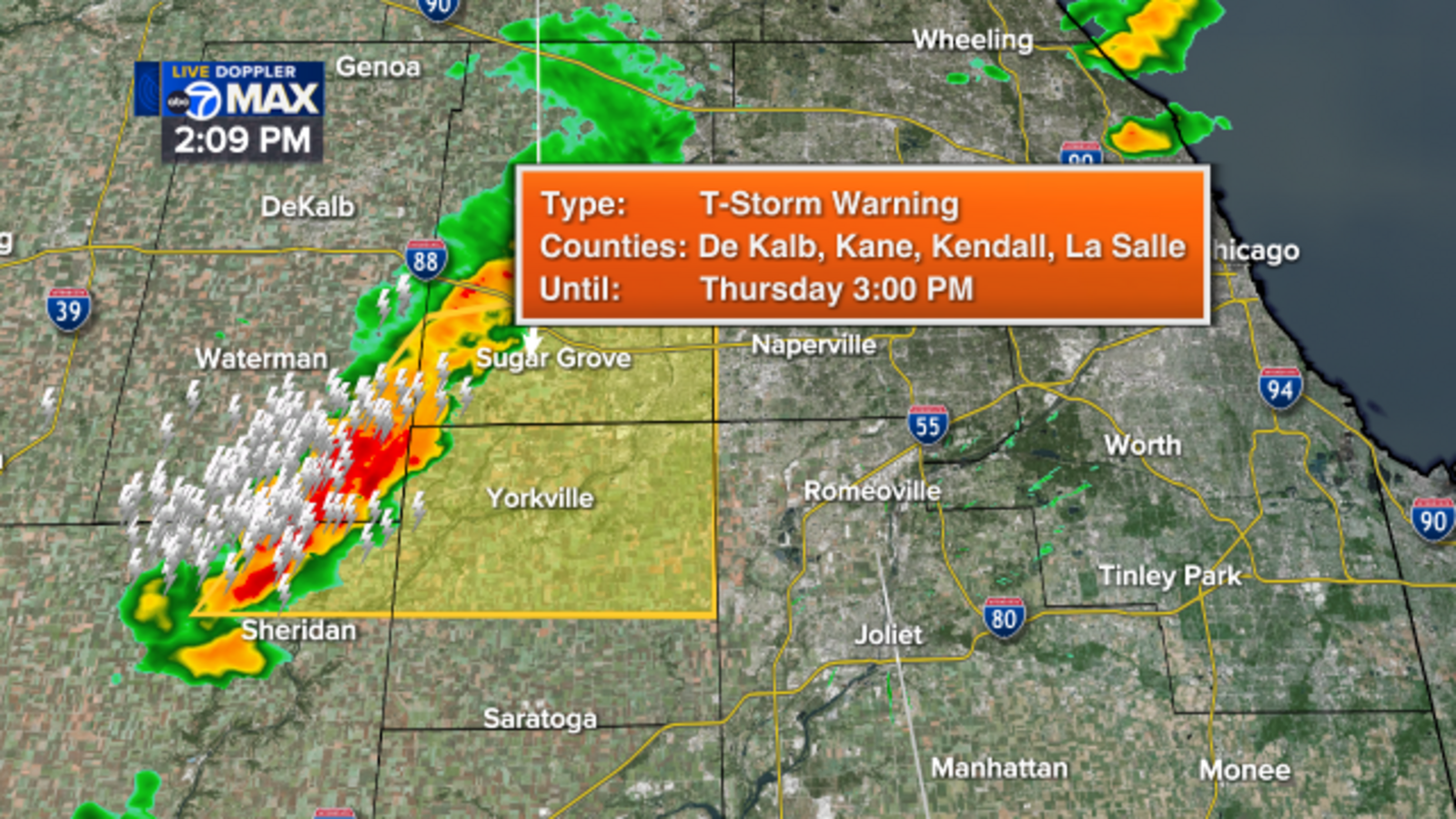Yellowstone Supervolcano: Separating Fact From Fiction In Viral Animal Migration Claims

Welcome to your ultimate source for breaking news, trending updates, and in-depth stories from around the world. Whether it's politics, technology, entertainment, sports, or lifestyle, we bring you real-time updates that keep you informed and ahead of the curve.
Our team works tirelessly to ensure you never miss a moment. From the latest developments in global events to the most talked-about topics on social media, our news platform is designed to deliver accurate and timely information, all in one place.
Stay in the know and join thousands of readers who trust us for reliable, up-to-date content. Explore our expertly curated articles and dive deeper into the stories that matter to you. Visit Best Website now and be part of the conversation. Don't miss out on the headlines that shape our world!
Table of Contents
Yellowstone Supervolcano: Separating Fact from Fiction in Viral Animal Migration Claims
Yellowstone National Park, a breathtaking landscape famous for its geysers, hot springs, and abundant wildlife, is also home to a supervolcano. This geological giant, capable of catastrophic eruptions, fuels much speculation, particularly when combined with viral social media posts claiming mass animal migrations. But are these claims fact or fiction? Let's delve into the science and separate the truth from the hype surrounding Yellowstone's potential eruption and its purported impact on wildlife.
The Allure of the Yellowstone Supervolcano
The Yellowstone supervolcano is a powerful force of nature, its caldera covering a vast area beneath the park. The potential for a future eruption, though statistically unlikely in the near future, understandably sparks fear and fascination. This inherent drama is amplified by social media, often leading to the spread of misinformation. Recent viral posts have claimed mass animal migrations from Yellowstone, supposedly indicating an impending eruption. These posts frequently lack credible sources and often manipulate images or videos.
Understanding Animal Behavior in Yellowstone
Wildlife behavior in Yellowstone is complex and influenced by numerous factors, including:
- Seasonal changes: Animals migrate naturally throughout the year in response to changes in food availability, breeding patterns, and weather conditions. This is normal behavior and not necessarily a precursor to volcanic activity.
- Predator-prey dynamics: Shifts in predator-prey relationships can also trigger changes in animal movement patterns.
- Human activity: Increased human presence within the park can also disrupt animal behavior and lead to temporary shifts in location.
While animals are certainly sensitive to environmental changes, there's no scientific evidence suggesting they possess a preternatural ability to predict volcanic eruptions. Claims suggesting otherwise should be viewed with extreme skepticism.
Scientific Monitoring of Yellowstone
The United States Geological Survey (USGS) closely monitors Yellowstone's volcanic activity through a comprehensive network of seismic sensors, GPS stations, and gas monitoring equipment. Scientists constantly analyze this data to assess the volcano's status. Any significant changes in volcanic activity would be immediately reported through official USGS channels. Relying on unofficial sources for information about Yellowstone's volcanic activity is extremely risky.
Separating Fact from Fiction: Tips for Critical Thinking
When encountering claims about Yellowstone's volcanic activity and its impact on wildlife, remember to:
- Check the source: Is the information coming from a reputable scientific organization like the USGS? Beware of unverified social media posts and sensationalist news outlets.
- Look for evidence: Does the claim provide concrete scientific data and evidence to support its assertions?
- Consider alternative explanations: Are there other plausible explanations for the observed animal behavior?
- Be wary of emotional appeals: Sensationalist headlines and emotionally charged language are often used to spread misinformation.
Conclusion: Trust the Science
Yellowstone National Park is a geological wonder, and while the supervolcano poses a potential long-term threat, the probability of an eruption in the near future remains low. Dramatic claims of mass animal migrations as a precursor to an eruption are generally unsupported by scientific evidence. Instead of relying on viral posts and speculation, rely on information from trusted scientific sources like the USGS. Stay informed through official channels to understand the real risks and appreciate the stunning beauty and natural wonders of Yellowstone National Park.
Learn more: Visit the USGS Yellowstone Volcano Observatory website for the latest scientific updates and information: [Insert USGS Yellowstone Volcano Observatory Link Here]

Thank you for visiting our website, your trusted source for the latest updates and in-depth coverage on Yellowstone Supervolcano: Separating Fact From Fiction In Viral Animal Migration Claims. We're committed to keeping you informed with timely and accurate information to meet your curiosity and needs.
If you have any questions, suggestions, or feedback, we'd love to hear from you. Your insights are valuable to us and help us improve to serve you better. Feel free to reach out through our contact page.
Don't forget to bookmark our website and check back regularly for the latest headlines and trending topics. See you next time, and thank you for being part of our growing community!
Featured Posts
-
 Transgender Community Targeted Examining The Trump Administrations Multi Agency Approach
Jul 23, 2025
Transgender Community Targeted Examining The Trump Administrations Multi Agency Approach
Jul 23, 2025 -
 South Omaha Power Outage Burnt Out Switch Causes Widespread Disruption
Jul 23, 2025
South Omaha Power Outage Burnt Out Switch Causes Widespread Disruption
Jul 23, 2025 -
 Wwe Ppv Events Now Showing In Theaters Fandango Partnership Announced
Jul 23, 2025
Wwe Ppv Events Now Showing In Theaters Fandango Partnership Announced
Jul 23, 2025 -
 Georgia Lottery Savannah Player Claims Over 860 000 Fantasy 5 Prize
Jul 23, 2025
Georgia Lottery Savannah Player Claims Over 860 000 Fantasy 5 Prize
Jul 23, 2025 -
 South Omaha Residents Affected By Power Outage Due To Equipment Failure
Jul 23, 2025
South Omaha Residents Affected By Power Outage Due To Equipment Failure
Jul 23, 2025
 Chicago Heat Advisory 100 Heat Index Expected Thursday
Chicago Heat Advisory 100 Heat Index Expected Thursday
 Californias Vandenberg Air Force Base Key To Space Xs Starlink Satellite Deployments
Californias Vandenberg Air Force Base Key To Space Xs Starlink Satellite Deployments
 American Dream Fulfilled Normandy Adventure For Two
American Dream Fulfilled Normandy Adventure For Two
